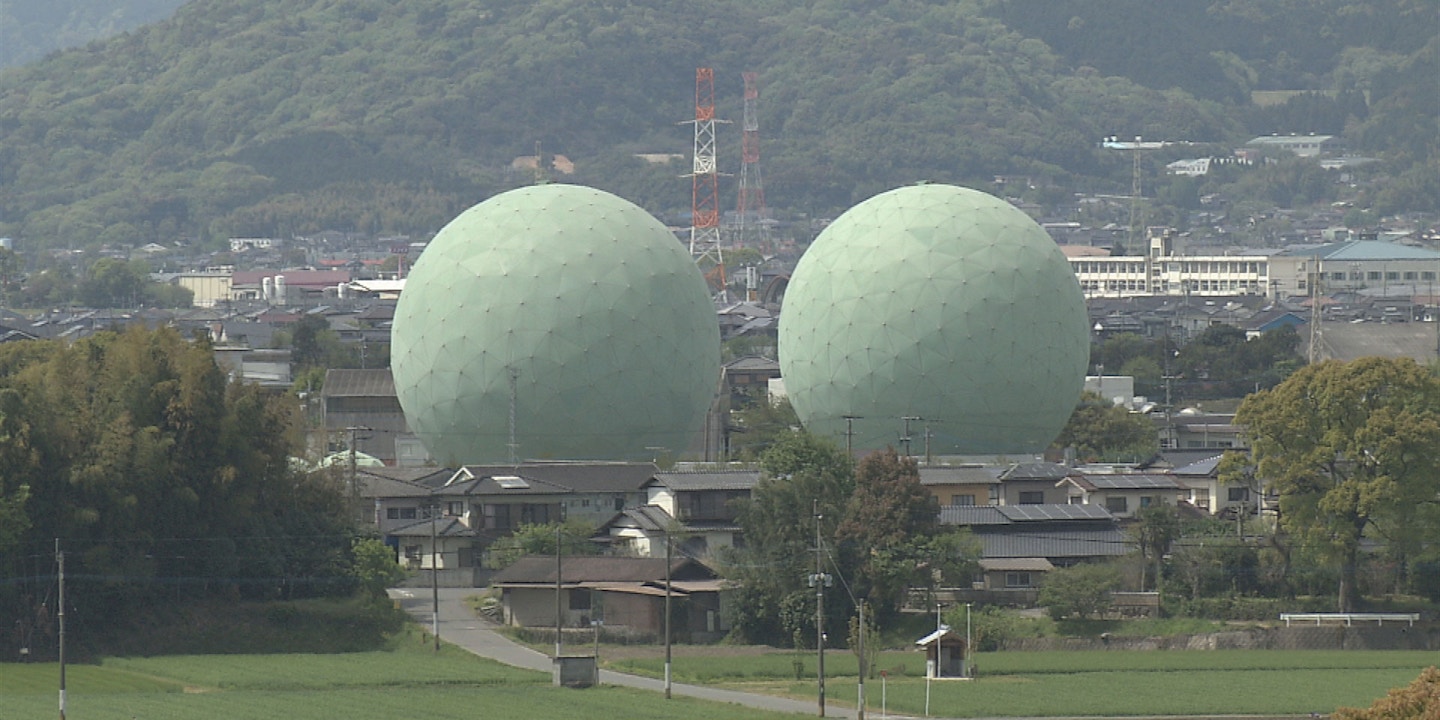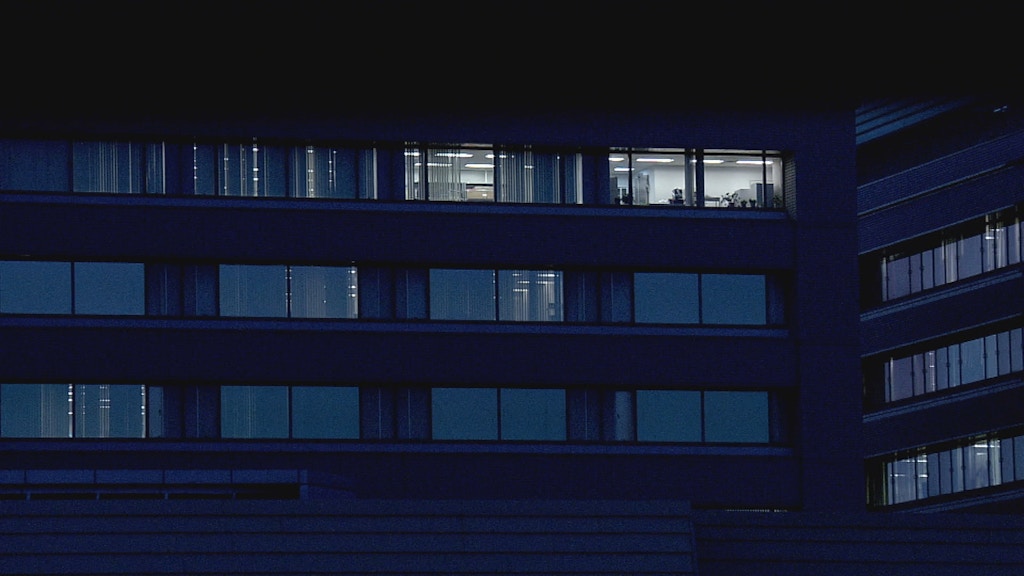EVERY WEEK IN Tokyo’s Ichigaya district, about two miles east of the bright neon lights and swarming crowds in the heart of Shibuya, a driver quietly parks a black sedan-style car outside a gray office building. Before setting off on a short 10-minute drive south, he picks up a passenger who is carrying an important package: top-secret intelligence reports, destined for the desks of the prime minister’s closest advisors.
Known only as “C1,” the office building is located inside a high-security compound that houses Japan’s Ministry of Defense. But it is not an ordinary military facility – it is a secret spy agency headquarters for the Directorate for Signals Intelligence, Japan’s version of the National Security Agency.
The directorate has a history that dates back to the 1950s; its role is to eavesdrop on communications. But its operations remain so highly classified that the Japanese government has disclosed little about its work – even the location of its headquarters. Most Japanese officials, except for a select few of the prime minister’s inner circle, are kept in the dark about the directorate’s activities, which are regulated by a limited legal framework and not subject to any independent oversight.
Now, a new investigation by the Japanese broadcaster NHK — produced in collaboration with The Intercept — reveals for the first time details about the inner workings of Japan’s opaque spy community. Based on classified documents and interviews with current and former officials familiar with the agency’s intelligence work, the investigation shines light on a previously undisclosed internet surveillance program and a spy hub in the south of Japan that is used to monitor phone calls and emails passing across communications satellites.
…click on the above link to read the rest of the article…





